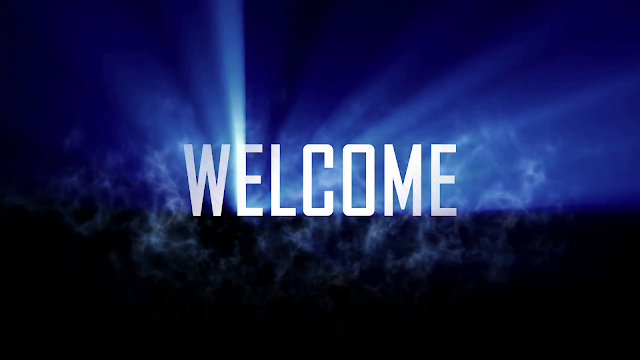Links to Media Industry blog posts:
https://cie9607.blogspot.com/2020/05/the-film-industry.html
http://cie9607.blogspot.com/2019/12/who-turned-out-lights.html
http://cie9607.blogspot.com/2019/12/film-industry-essay_17.html
Key Points about the Case Studies:
Roma (three factors why it might not be appealing):
- The film did not have any big names
- It was all filmed in black and white
- The whole film was in a different language
Ken Loach films:
1. I'Daniel Blake (Factors that made people want to see the film/ reaching their
target audience):
- Their Facebook page had 70,000 likes and their Twitter page had 12,500 followers and the hashtag #wearealldanielblake circulated on the internet.
- The campaign also laid on preview screenings around the UK with Trinity Mirror's regional titles giving away 10,000 tickets.
- Its premiere in Newcastle, attended by Jeremy Corbyn (as opposed to London) which gave the message that the film was authentic.
- A 'guerrilla' projection campaign had quotes from the film beamed onto buildings in Newcastle as well as the House Of Commons to grab the attention of both news media and passers-by.
2. Sorry We Missed You (distribution and marketing)
Legend (Factors to know about the distribution and the film itself)
- The distributor (E1) offered community screenings in local schools, pubs, villages and halls.
- Marketing - they had an impact campaign to engage a particular sector. there was paintings made with guest on set and the people involved in the film.
- Marketing - used social media and their website to market their film.
Legend (Factors to know about the distribution and the film itself)
- Social Canal, the distributors for Legend exploited the use of social media, to create viral marketing for their first poster. For the film Legend (released in 2015), each of the posters showed Tom Hardy, who acts as both Kray brothers (gangsters during the 1960s). Fan would want to see film if their favourite actor was in it.
- They manipulated the 2 star review from The Guardian film critic Benjamin Lee and made it look as though the film was rated 4-5 stars, by putting the star review in between the two heads of the twins.
- Benjamin Lee, Guardian film critic, tweeted about their clever response to his critical review and the tweet went viral. His tweet was shared over 11,000 times and seen by over 1.4m people. This viral marketing technique from the distributors was successful and this event was shared on new websites such as BBC and Mashable.
- It used CGI and they used a double stand-in for Tom Hardy, called Jacob Tomuri to create the other Kray Twin. Jacob was stunt man so his voice was left to Tom Hardy. Tom Hardy said that he would record the other dialogue and would send it to the editors.
Rogue One: A Star Wars Story (how they engaged their audiences):
- Adverts and partnerships - Lego (games and building blocks), Gillette (selling the brand), Target (posters encouraging female audiences to watch the film because the lead character is female) and Nissan (new 'Rogue SUV', and a star wars simulator advert).
- Snapchat and Disney App - they created star wars themed filters for audiences to enjoy using and to draw them in to watching the film.
- Uber - made the Uber cars look like star wars spaceships.























No comments:
Post a Comment